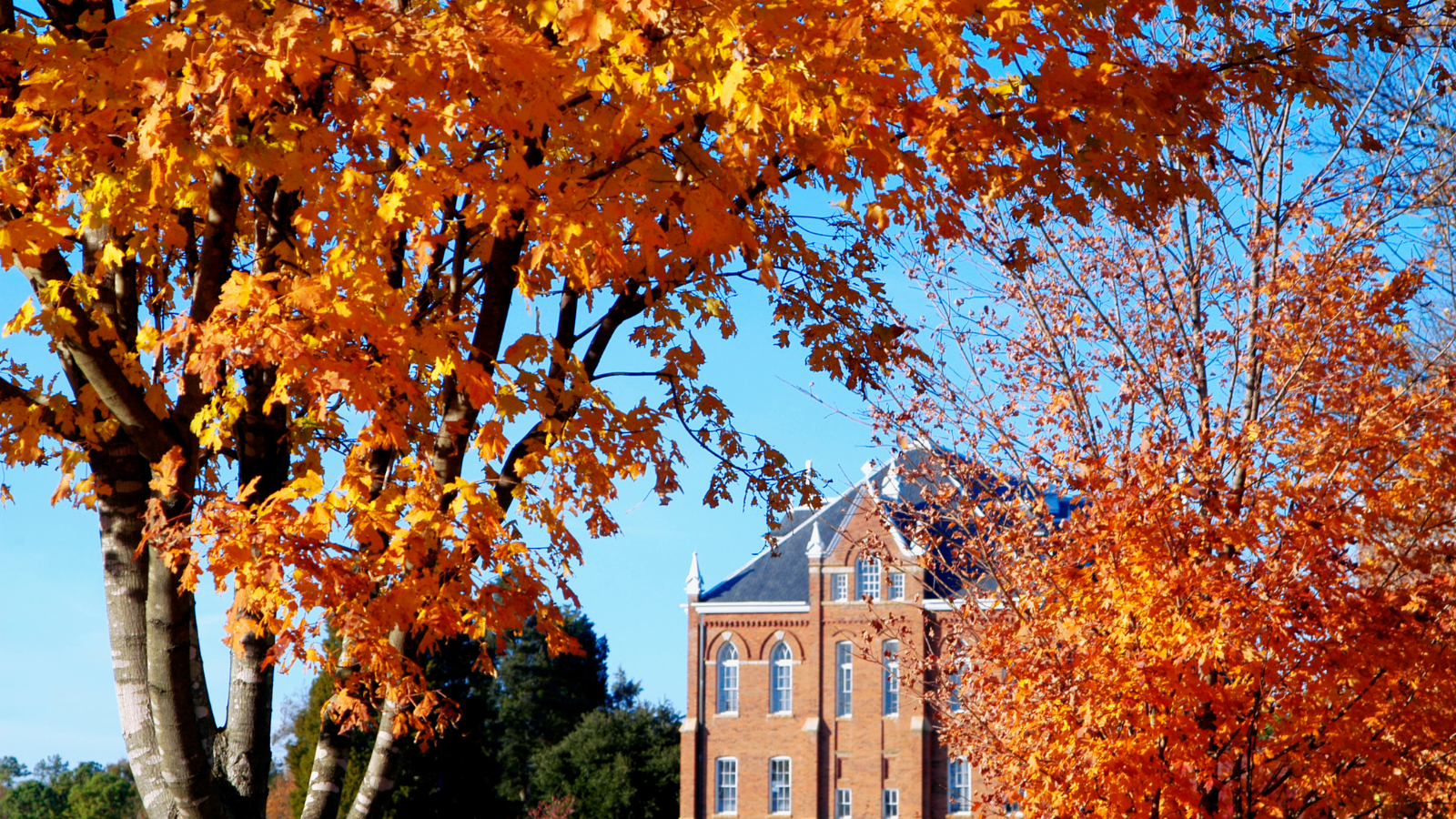
Get stories and expert advice on all things related to college and parenting.

When parents and students talk about higher education, they usually think about a four-year college or university. But education after high school can take on many different forms.
Not only are there many different types of four-year colleges, but there are alternatives to the typical four-year degree that could be a better fit for your student's interests and future career goals.
Even if your student is looking for a traditional college experience, it makes sense to explore all options before applying. Here's a quick guide to the many types of higher education to feed your family discussion.
Community college is often thought of as a way to save money on introductory courses and Gen Ed requirements before transferring to a four-year college. However, community college is also a path to a two-year associates degree toward a specific career goal which prepares the student for a job after graduating.
Students often attend community college after high school when they aren’t sure which path to take. The courses are affordable and can help your student refine their career goals.
Public universities are funded by local and state governments offering lower tuition rates to in-state residents. Out-of-state students also attend but, in most cases, have higher tuition rates. Public universities tend to have large student bodies, large campuses and offer an extensive course offering. Every state in the United States has at least one public university within its borders, making college affordable for most students.
Private colleges and universities are funded by private sources and alumni donations. Most private institutions have higher sticker prices than public universities but offer significant discounts and merit aid for almost all admitted students. Private colleges are often smaller than public institutions, but some have large student populations.
When my daughter was searching for colleges, I asked my college-professor uncle whether he recommended a college or a university. He recommended she attend a university, due to its diverse selection of course offerings and graduate degrees. Of course, he taught at a large public university. Both confer the same type of undergraduate degrees.
After doing my own research, I learned that universities are public or private institutions that offer both undergraduate and graduate degrees. Their diverse environments usually feature sizable campuses and a variety of program offerings. They are generally more devoted to research with facilities and financial backing to support these efforts.
Colleges often have smaller student populations, fewer program offerings, and more intimate campuses. The majority of colleges are private and offer smaller class sizes, low student-to-faculty ratios, and undergraduate-focused studies. As it turned out, a college was a better fit for my daughter.
Liberal arts colleges believe their students need an education composed of a broad sampling of classes. Most liberal arts colleges are smaller and tend to provide students with more personal attention. Instead of preparing for a specific career path, students who attend liberal arts colleges are exposed to a wide array of subjects, selecting at least one area of in-depth study that is their college major.
According to the Dean of Maryville College in Tennessee, a “liberal arts education involves different ways of analyzing questions or problems and developing answers or solutions. In complex cases, several methods must be applied in order to achieve the best possible solution or answer. The liberally educated individual will have the tools to perform such a complex analysis.”
Many employers look for graduates of liberal arts programs knowing they have learned to analyze and problem solve.
Learn more about how liberal arts can help your student get a job >
These colleges were formed to provide students who are typically underrepresented or denied access to higher education an opportunity to learn where they are part of the majority.
Historically Black Colleges and Universities (HBCU) celebrate African American culture and were created when these students were denied access to most other institutions of higher education.
Tribal Colleges focus on the needs and education of a group that has traditionally been underrepresented in higher education. These colleges focus on Native American education while celebrating a specific tribe’s unique culture and accomplishments.
Hispanic-serving institutions (HSIs) are colleges where at least 25 percent of the full-time undergraduate students are Hispanic. These colleges offer programs, services and activities targeted to the underrepresented students they serve.
Religiously affiliated colleges are private institutions connected to a religious faith. Some of the connections are historic in nature, while others incorporate faith in everyday student life.
Some of the colleges and universities do not require students to share the faith of the college while others require a statement of faith during the application process. There may be a theology course requirement.
Historically, many colleges were exclusively for males, including the Ivies. These schools only recently began admitting women starting in the 1960’s. Many currently co-ed institutions were once single-sex colleges. Because there were so many men-only colleges, women-only colleges were formed to allow women a way to achieve their academic goals. Now, only a few private colleges remain single-sex, with many more women’s colleges than men’s colleges.
In the spirit of the changing gender landscape, some single-sex colleges have already opened their doors to transgender students.
Here's why your student might want to consider a historically women's college >
Military academies like West Point offer college degrees with an emphasis on military discipline. Though enrollment in these academies is highly selective, students enjoy the benefit of no tuition payments. Attendance in a prep school and/or ROTC programs in high school can improve chances for admittance.
Many students who feel they aren’t ready for college are choosing the military as an option after high school. But students who aspire to college can get the best of both worlds by attending a military college.
For some students, the military is an excellence choice. For others, a military college might be a better option. There are Senior Military Colleges (four-year), colleges that offer ROTC programs, and Military Junior Colleges (two year). Cadets have formation, physical training and wear their uniforms.
For students seeking specific training in a trade or a technical skill, a career college is a good option. These certification programs or associate degrees guide students in accelerated training programs and allow them to start their career upon completion, often offering job placement.
Vocational-technical and career colleges offer specialized training in a particular industry or career. Possible programs of study include culinary arts, dental hygiene, graphic design, computer technology and any career that requires specific training.
Another option might be a college that combines career training with a liberal arts education. One such college, Pennsylvania College of Technology, gives students a hands-on, career-focused education during their four years on campus. Students graduate with a marketable skill and a bachelor’s degree in their field of study.
Learn more about the advantages of technical education >
The pandemic has brought online education to the forefront. Many certificates, diplomas and degrees traditionally offered at physical colleges can be earned online. Online education is not for every student but for some it provides an opportunity to study on a more flexible schedule while working full or part-time.
Many brick and mortar colleges now offer fully accredited online degrees. Before choosing this option, you and your student should talk through the pros and cons of an online education.
These are businesses that offer a college education. They tend to be more expensive, and credits from these colleges may not transfer to other colleges.
As the name suggests, for-profit colleges are in the business of making money and they often prioritize this over the welfare of their students. Many students have gone into massive college debt trying to secure a degree from a for-profit college. Many believe these colleges need to be revamped and strongly regulated.
Your student has many choices after high school! Know your child. Encourage their individual pursuits. Accept their career choices and support them.